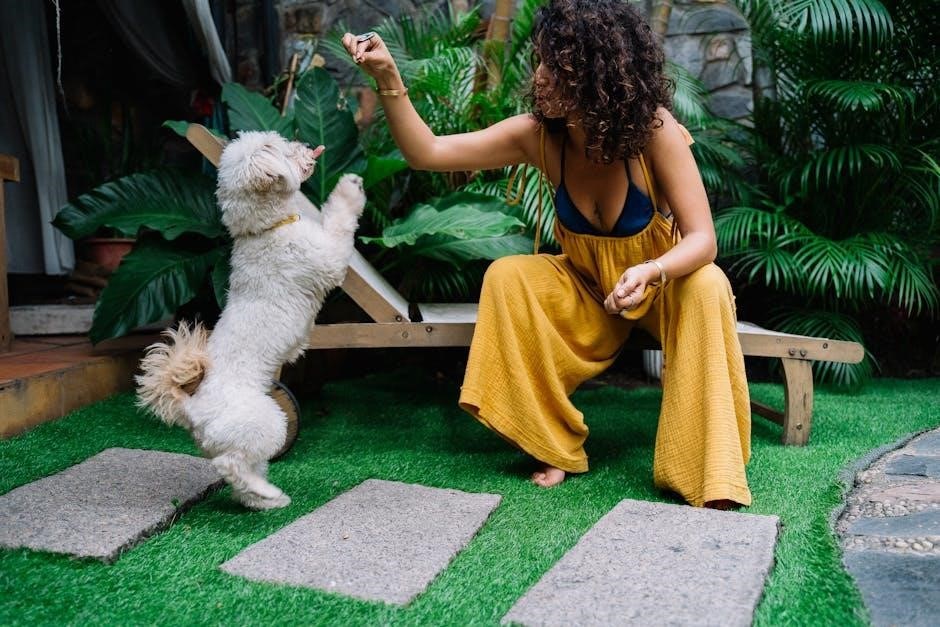Puppy potty training is an essential step in raising a well-behaved dog. It requires patience, consistency, and a well-structured schedule. Establishing a routine helps puppies learn where and when to go, reducing accidents and speeding up the process.
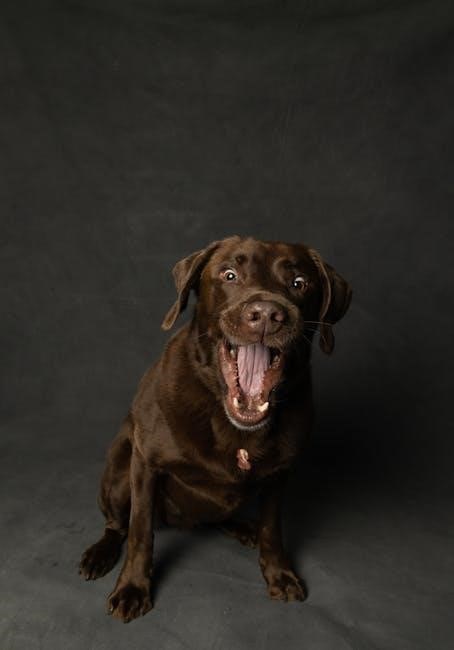
Overview of a Puppy Potty Training Schedule
A puppy potty training schedule is a structured plan designed to help puppies learn where and when to go potty. It typically involves taking your puppy outside at specific intervals, such as after meals, naps, and playtime. Consistency is key, as puppies thrive on routine. For young puppies, especially those under 12 weeks, trips outside every 1-2 hours are recommended. As your puppy grows, their bladder control improves, allowing for longer intervals between potty breaks.
A general rule of thumb is to take your puppy outside every hour, plus one additional hour for their age in months. For example, a 3-month-old puppy can typically wait 4 hours between potty breaks. However, this may vary depending on the individual puppy’s development and breed.
The schedule should also include immediate trips outside after meals, drinks, and playtime, as these activities often trigger the need to go. Using a designated potty area and rewarding successful trips with treats and praise can reinforce good habits. Over time, your puppy will learn to associate these routines with the appropriate behavior, making the training process smoother and more effective. By sticking to a consistent schedule, you can help your puppy master potty training in no time.
The Importance of Consistency in Puppy Potty Training
Consistency is the cornerstone of successful puppy potty training. Puppies thrive on routine, and without a consistent approach, they can become confused and resistant to learning. By following a predictable schedule, you help your puppy understand when and where it’s appropriate to go potty. This reduces the likelihood of accidents and speeds up the learning process.
Consistency also minimizes anxiety for both you and your puppy. When your puppy knows what to expect, they feel more secure and are less likely to develop bad habits. For example, always using the same door to go outside or designating a specific potty area helps your puppy associate these actions with the task at hand. Additionally, consistently rewarding good behavior with treats and praise reinforces positive habits.
Inconsistency, on the other hand, can lead to confusion and setbacks. If you sometimes let your puppy go potty in the house or skip trips outside, they may not understand the rules. Over time, this can slow down the training process and lead to more accidents. By maintaining a consistent routine, you create a clear path for your puppy to follow, ensuring they learn quickly and effectively. Consistency is not just a strategy—it’s a necessity for successful potty training.
Essential Tips for Creating a Puppy Potty Training Schedule
Creating an effective puppy potty training schedule requires careful planning and consideration of your puppy’s unique needs. Start by taking your puppy outside immediately after meals, naps, and playtime, as these are common times when they need to go. Consistency is key, so stick to the same routine every day, including weekends.
Factor in your puppy’s age and bladder control. Puppies under 12 weeks can typically hold their bladder for one hour per month of age. For example, a three-month-old puppy can go about three hours between potty breaks. Schedule frequent trips outside during the day, and gradually increase the time between breaks as your puppy grows.
Use crate training to help with scheduling, as puppies are less likely to soil their crate. However, avoid leaving your puppy in the crate for too long, as this can lead to accidents. Reward your puppy with treats and praise immediately after they go potty outside to reinforce good behavior.
Finally, monitor your puppy’s signals, such as sniffing or circling, and quickly take them to the designated potty area. Adjust your schedule as needed based on your puppy’s progress and individual needs. By following these tips, you can create a schedule that works for both you and your puppy, ensuring a smooth and successful potty training experience.
Crate Training as a Key Component of Potty Training
Crate training is a highly effective tool for potty training puppies. Dogs naturally avoid soiling their living spaces, and a crate provides a safe, confined area where your puppy can learn to hold their bladder and bowels. Start by selecting the right size crate—just large enough for your puppy to stand, turn around, and lie down comfortably. Avoid crates that are too big, as your puppy may use one corner for sleeping and another for eliminating.
Introduce the crate gradually, making it a positive space with treats and toys. Use the crate during times when you cannot supervise your puppy, such as overnight or when you’re away from home. Take your puppy outside immediately after releasing them from the crate to reinforce the connection between freedom and potty time.
While crate training is beneficial, it’s important not to overuse it. Puppies should not be left in the crate for extended periods, as this can lead to frustration and accidents. Always supervise your puppy when they’re out of the crate and reward them for good behavior. By combining crate training with a consistent schedule and positive reinforcement, you can accelerate the potty training process and help your puppy develop good habits.
The Role of Paper Training in Puppy Potty Training
Paper training is a practical method for teaching puppies to go potty in a designated area indoors, especially when outdoor access is limited. This method involves placing newspapers, potty pads, or a reusable liner in a specific spot, such as a corner of a room or a balcony. Puppies quickly learn to associate this area with going to the bathroom, reducing accidents elsewhere in the house.
One of the key benefits of paper training is its convenience, particularly for puppies under 12 weeks of age, who may not yet have the physical control to hold their bladder for long periods. It’s also useful for Apartment dwellers or those with limited outdoor access. However, it’s important to supervise your puppy closely to ensure they use the designated area correctly.
Once your puppy consistently uses the paper or pads, you can gradually transition them to going outside or to a specific outdoor potty area. Consistency and positive reinforcement are key to making this transition smooth. While paper training is effective, it’s important to avoid confusing your puppy by keeping the designated area clean and clearly defined.
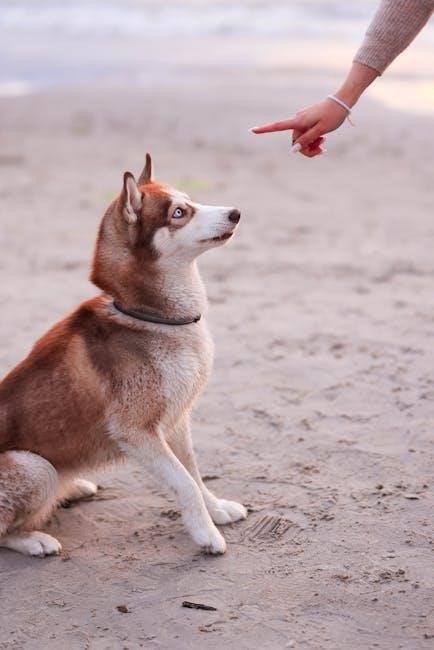
Age-Specific Puppy Potty Training Schedules
When creating a puppy potty training schedule, it’s crucial to consider your puppy’s age, as their ability to hold their bladder and bowels varies significantly at different stages. For example, puppies under 12 weeks old need frequent potty breaks, ideally every 1-2 hours, as they lack the physical control to hold it for long periods.
For puppies aged 8-11 weeks, a schedule might include taking them outside immediately after waking up, eating meals, playtime, and naps. At 12-16 weeks, you can gradually extend the time between potty breaks to every 2-3 hours, as their bladder control improves. By 4-6 months, most puppies can go 4-6 hours without needing to go outside, but this still depends on their breed, size, and individual development.
Consistency is key at every age. Puppies thrive on routine, so aligning potty breaks with their natural activities, like meals and play, helps them learn faster. Always supervise your puppy during potty breaks and reward them with praise or treats when they go in the right spot. As your puppy grows, you can gradually reduce the frequency of potty breaks while maintaining a consistent routine.
Remember, every puppy is different, so it’s important to adjust the schedule based on your puppy’s progress and needs. With patience and consistency, your puppy will master potty training in no time.
How to Use a Puppy’s Natural Routines for Potty Training
Puppies have natural routines that can be leveraged to make potty training more effective. For instance, puppies typically need to go potty after meals, naps, playtime, and first thing in the morning. By taking your puppy outside immediately after these activities, you can help them learn to associate these times with going potty.
Meal times are especially important, as puppies usually need to relieve themselves within 5-10 minutes after eating. Similarly, after naps or play sessions, puppies often have the urge to go. Consistency is key—always take your puppy to the same designated potty area and use a specific command, like “go potty,” to help them associate the command with the action.
Additionally, puppies often exhibit specific behaviors when they need to go, such as sniffing or circling. By recognizing these signs, you can quickly take your puppy to the appropriate area before an accident occurs. Using their natural routines and cues ensures that potty training becomes a seamless part of their daily life. This approach not only reduces accidents but also strengthens the bond between you and your puppy.
Recognizing Signs Your Puppy Needs to Go
Recognizing the signs that your puppy needs to go potty is crucial for successful training. Puppies often exhibit specific behaviors when they need to relieve themselves, such as sniffing, circling, or squatting. These actions indicate that your puppy is searching for the right spot to go.
If you notice your puppy sniffing or circling in one place, it’s a clear sign they need to go potty. Squatting is another obvious indicator, and if you see this behavior, it’s important to act quickly to prevent accidents. Additionally, puppies may display restlessness or excitement, such as pawing at the door or whimpering, to signal their need to go outside.
It’s essential to observe your puppy’s body language and reactions to identify these cues. Every puppy is different, so the signs may vary, but consistency in their behavior can help you recognize when they need to go. Younger puppies may not always give clear signals, but as they grow, they will learn to communicate their needs more effectively. By paying attention to these signs, you can guide your puppy to the designated potty area and reinforce good habits. This approach not only reduces accidents but also strengthens your bond with your puppy.
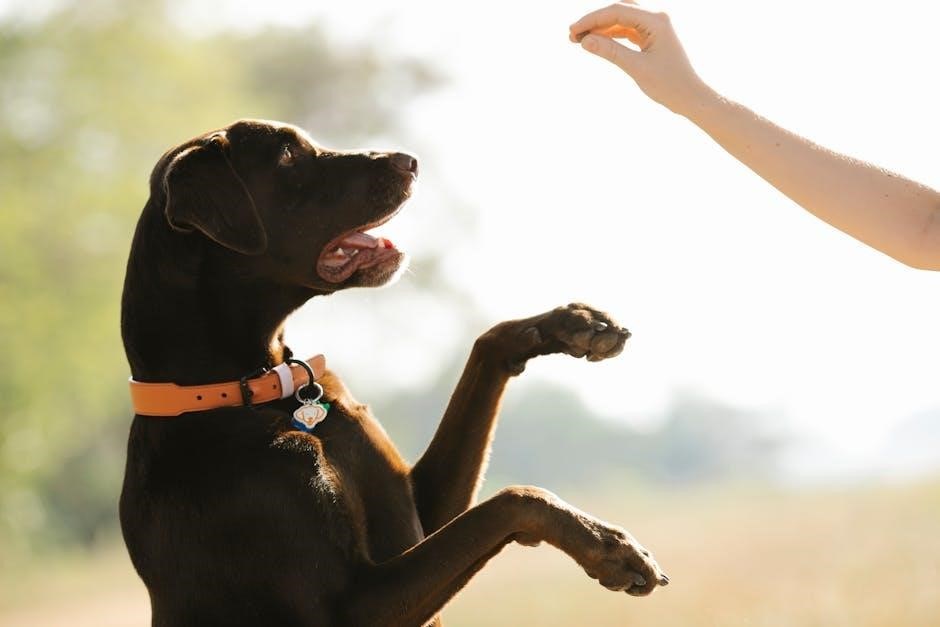
Common Mistakes to Avoid in Puppy Potty Training
When implementing a puppy potty training schedule, it’s important to avoid common mistakes that can hinder progress. One of the most frequent errors is inconsistent supervision, which can lead to accidents in the house. Puppies thrive on routine, so missing scheduled potty breaks or failing to take them out after meals, naps, or playtime can result in setbacks.
Another mistake is punishing your puppy for accidents. This can create fear and make the training process more difficult. Instead of scolding, calmly guide your puppy to the correct area and praise them when they succeed. Additionally, rushing the training process is a common pitfall. Puppies, especially young ones, have limited bladder control, so expecting them to hold it for too long can lead to frustration for both you and your puppy.
Lastly, not using a designated potty area consistently can confuse your puppy. Sticking to the same spot helps them associate it with the right behavior. By avoiding these mistakes, you can create a smoother and more effective potty training experience for your puppy.
The Benefits of Positive Reinforcement in Potty Training
Positive reinforcement is a powerful tool in puppy potty training, fostering a positive and encouraging learning environment. By rewarding desired behavior, such as eliminating in the correct area, you reinforce good habits and build your puppy’s confidence. This method focuses on praise, treats, and affection, which motivates your puppy to repeat the behavior.
One of the key benefits of positive reinforcement is that it strengthens the bond between you and your puppy. When your puppy associates going potty outside with positive outcomes, they are more likely to comply willingly. This approach also reduces stress and anxiety, making the training process more enjoyable for both of you.
Additionally, positive reinforcement helps minimize accidents. By rewarding your puppy immediately after they go potty, they learn to associate the action with the reward, making it easier for them to understand what is expected. Consistent use of positive reinforcement ensures that your puppy remains focused and motivated throughout the training process. Over time, this method leads to faster and more effective potty training, creating a strong foundation for good behavior.
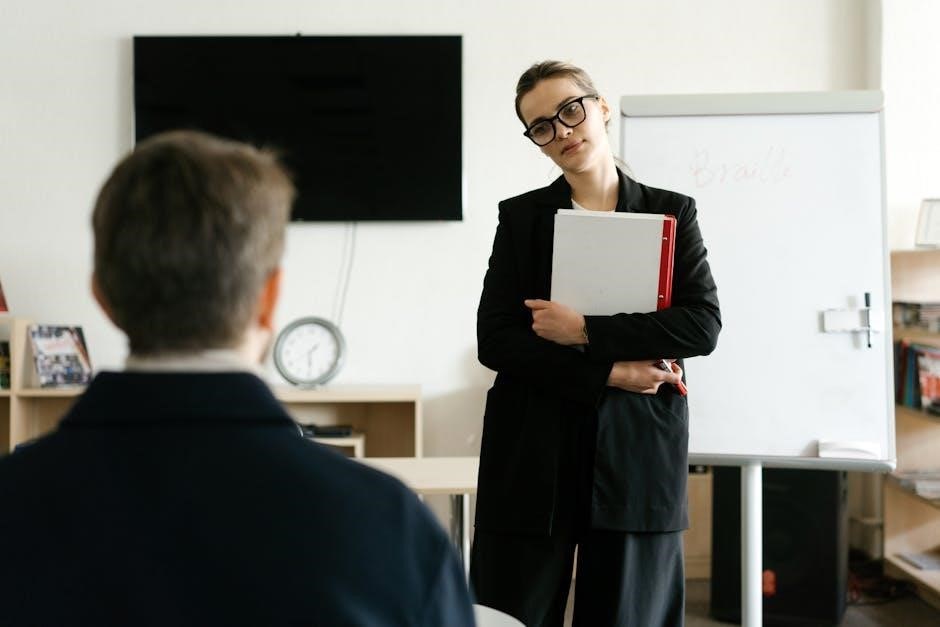
Printable Puppy Potty Training Schedule Templates
Printable puppy potty training schedule templates are invaluable tools for new puppy owners. These templates provide a structured and organized approach to tracking your puppy’s potty breaks, feeding times, and play sessions. By using a schedule, you can ensure consistency, which is critical for successful potty training.
Most templates are customizable, allowing you to tailor them to your puppy’s age, breed, and your lifestyle. They often include time slots for morning, afternoon, evening, and nighttime potty breaks, as well as sections for noting feeding times and play activities. This helps you identify patterns and triggers for potty needs, making training more efficient.
Key features of these templates include:
– Time slots: Pre-set intervals to remind you when to take your puppy outside.
– Reminders: Notes for feeding, exercise, and sleep schedules, which often influence potty needs.
– Progress tracking: Space to mark successful potty breaks and note any accidents.
Printable schedules are easy to use and can be posted in convenient locations, such as on the fridge or near the door. They also serve as a visual reminder for all family members to stay on track with training.
Using a printable puppy potty training schedule template can significantly reduce the likelihood of accidents and help your puppy learn faster. It’s a practical and effective way to manage the potty training process while ensuring consistency and patience.

